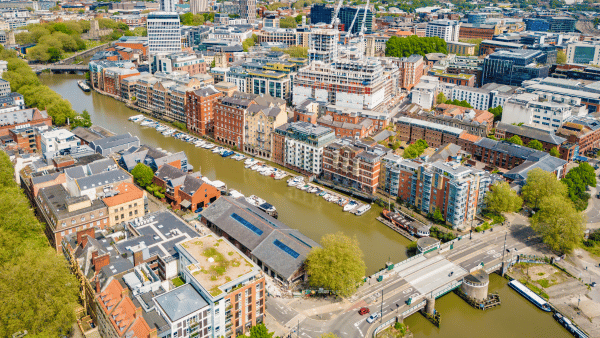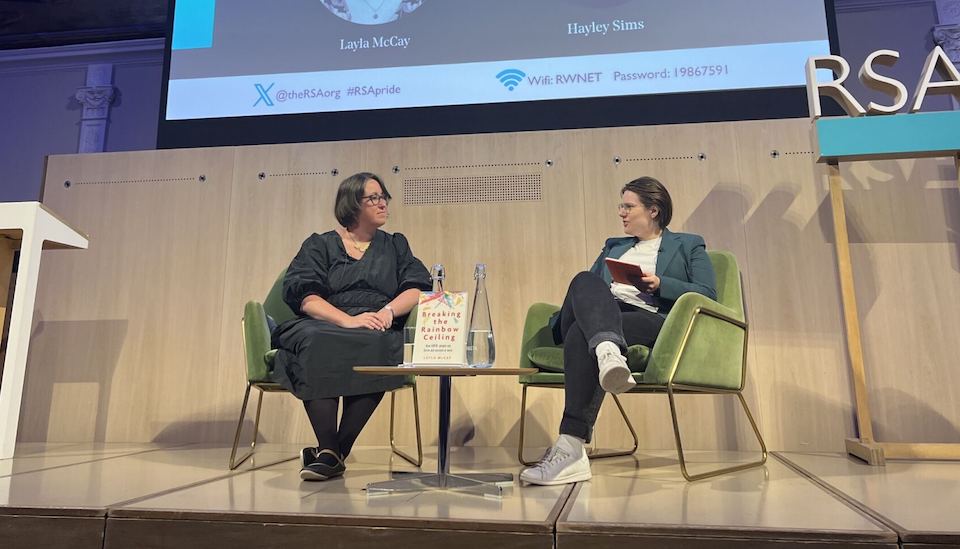There I was, all prepared with a blog showing how cancelling ID cards would only save a fraction of their top line cost when exactly the same issue was the lead story on the Today Programme. There is disagreement, but the mid range estimate of how much could be saved on ID Cards themselves - as distinct from biometric passports which will soon be required internationally – seems to be around £1.5 billion, which works out at £150 million a year over the ten year programme. This is a lot of money but a different order of contribution to the looming spending gap than the £5 billion figure that tends to be thrown about.
In the face of the looming public spending squeeze we are already seeing politicians and commentators coming up with lists of projects that can be scrapped. By providing the top line figure for schemes (which often involves rolling several years up into one) the implication is that all this money can be saved at the flick of a Treasury red pen. My experience in Government suggests otherwise.
In both capital and revenue spending the choice is often between an existing programme, which is deemed not to be successful, and a replacement. For example, the choice may be between an old school which needs comprehensive refurbishment and a new build. There will be a gap between the cost of the old and new programme but it will be only a proportion of the total cost.
The costs of dropping a scheme could include money spent winding it down, compensation for cancelled contracts or redundancy payments. These costs are rarely counted in claimed savings.
A figure is often given for the savings of the cost of an agency, for example Regional Development Agencies. This may fail to distinguish between the running costs of the agency and the costs of its programmes, many of which would continue under a successor arrangement.
I have even seen cases where the 'cost savings’ fail to take into account that a large proportion of the expenditure is coming from European Union funding.
None of this means projects can’t be cut and real savings made. But we should be very suspicious of anyone who claims that we can close the funding gap simply by getting rid of unpopular one-off programmes. The reality is – as I argued last week – that the coming spending crisis will only be tackled if we are also willing to look bravely and creatively at the way we deliver core public services.
Related articles
-
Prosperous Places: creating thriving communities
Tom Stratton
With regional growth at the top of the agenda, it is vital that we create thriving communities across economic, social and natural perspectives. Prosperous Places is a suite of interventions aimed at responding to the unique ambitions and challenges of places.
-
Pride interview: Felipe Tozzato
Deborah Ajia
The commercial photographer and RSA Fellow explains what Pride means to him, the importance of courage, making friends through rugby and why being gay is his superpower.
-
Let's smash the Rainbow Ceiling
Ben Oliver
Reflecting on Layla McCay’s recent RSA talk, Ben Oliver offers five ways for employers to create a positive culture for their LGBTQ+ staff that benefits both the individual and the organisation.




Be the first to write a comment
Comments
Please login to post a comment or reply
Don't have an account? Click here to register.